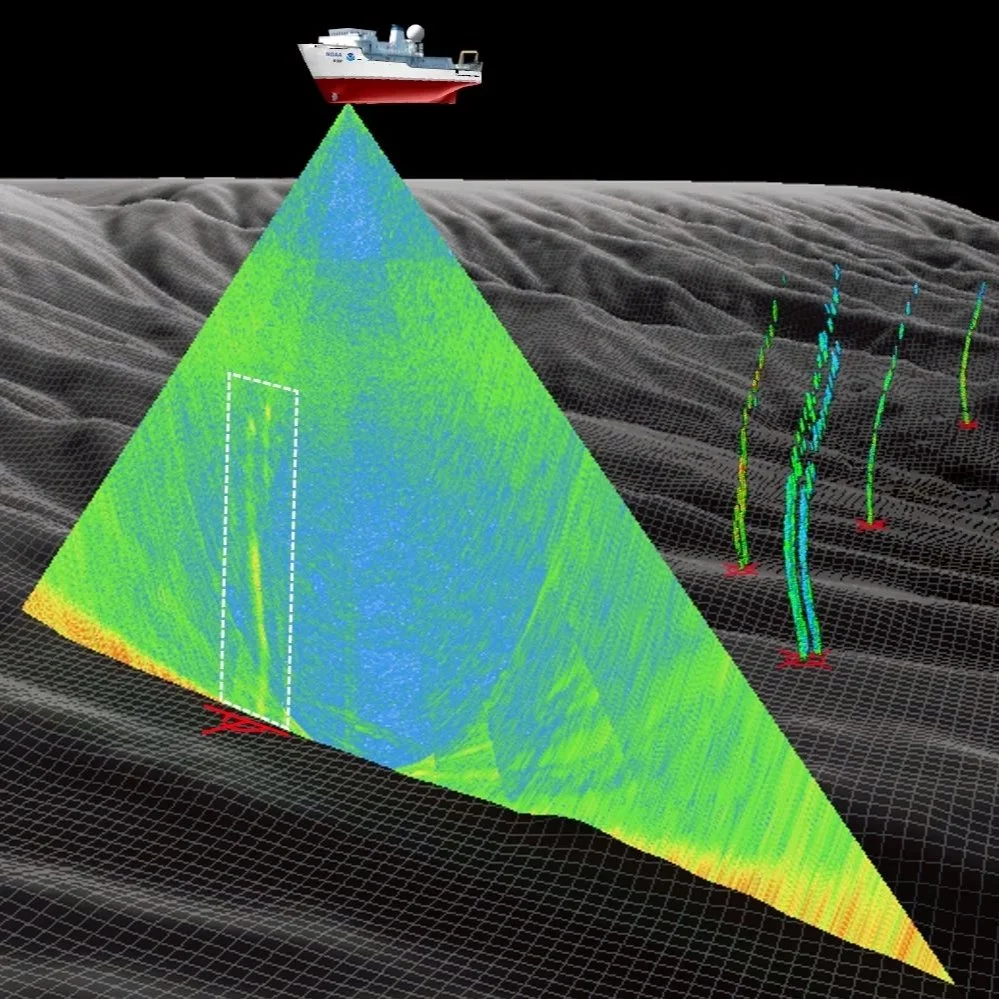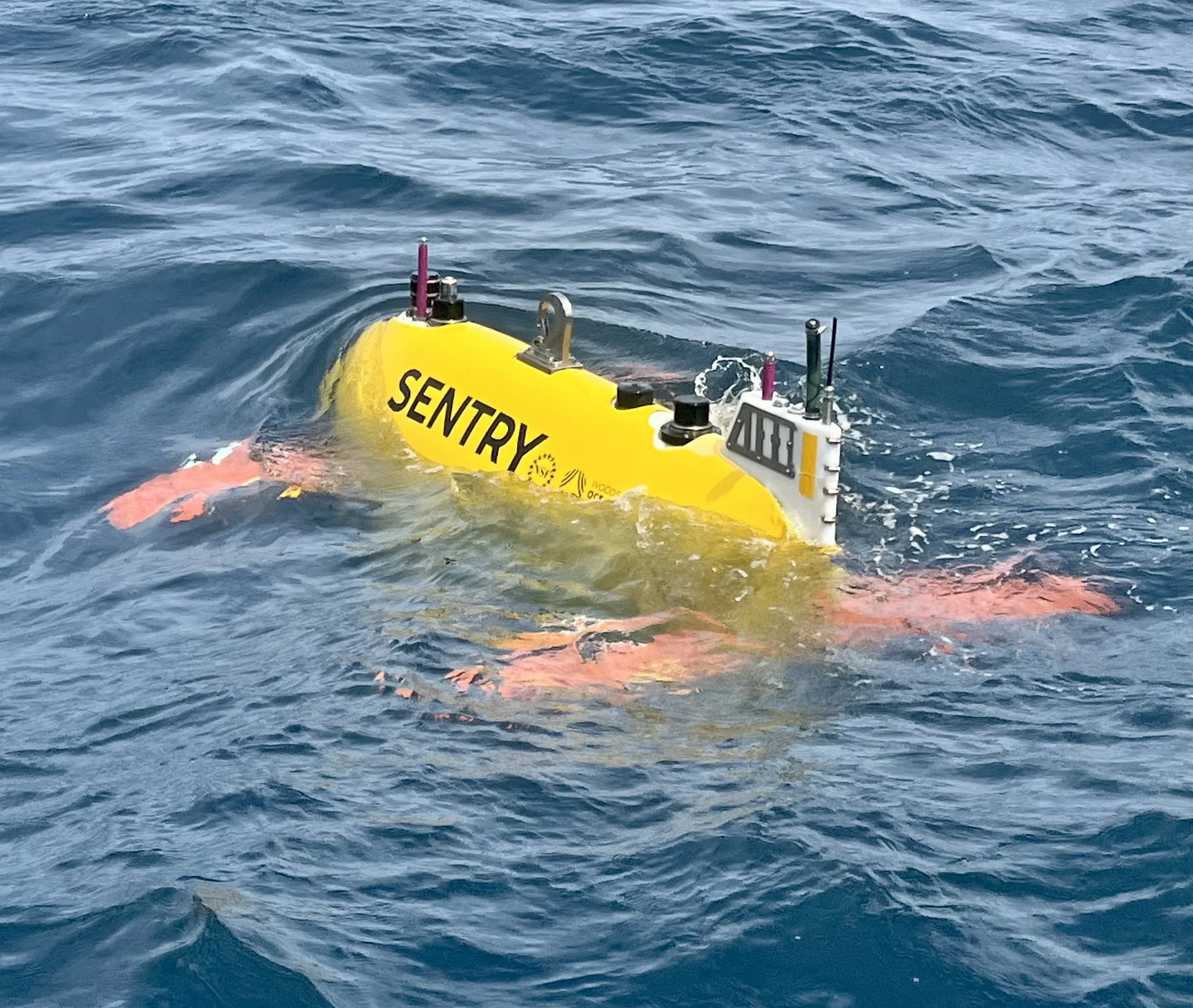The coastal waters of the northern Gulf of Mexico are a critically important marine environment, hosting one of the largest fisheries in the United States and a thriving blue economy that supports industries like shipbuilding, commercial fishing, coastal tourism, and advanced maritime technology. However, this coastal environment is imperiled by numerous threats, including shoreline erosion, wetland loss, sea level rise, and degraded water quality. Our group applies marine geology and geophysics approaches to understanding key processes in coastal environments, including erosion, sediment transport, pollutant transport, and seafloor fluid exchange. Specific projects include research on optimizing marsh restoration techniques to minimize wetland erosion, tracking nutrient as well as microplastic transport pathways in coastal estuaries, and understanding the relationship between shallow coastal stratigraphy, particularly buried Pleistocene paleochannel networks, and the spatial distribution of submarine groundwater discharge. Collectively, these efforts support broader goals for coastal resilience and restoration in the region.



